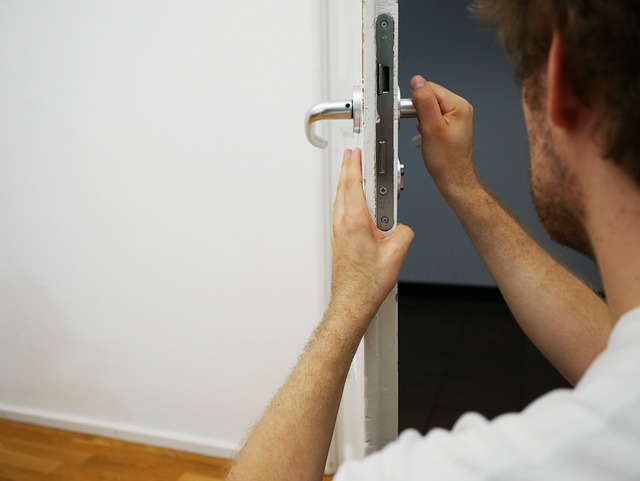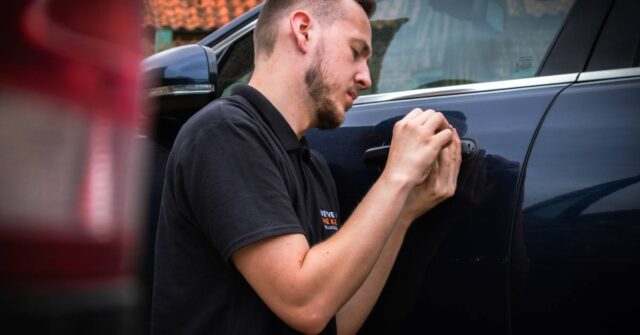Being a locksmith is an exciting career that blends science with art and skill to solve complex problems concerning access and security.
However, despite the demand, not a lot of people know the steps on how to become a locksmith.
In this article, we’ll talk about how to become a locksmith in Australia. We will also cover the duties and responsibilities of being a locksmith.
How to Become a Locksmith in Australia
If you want to be a skilled locksmith in Australia, there is one course that must be completed as part of an apprenticeship. It is Certificate III in Locksmithing.

Certificate III in Locksmithing
This course is provided by TAFE institutes in Brisbane, Sydney, Melbourne, and Perth. The time required to complete this course is about 4 years and the price varies between the different state providers.
To enrol for an apprenticeship, you first need to find a qualified locksmith who takes apprentices and then apply for a position.
You will also need to apply for enrolment at one of the Certificate III provider locations. There are usually limited spots in each course, so make sure to apply early.
To assist with this process, use the Australian Apprenticeship Support Network.
They will give personalized advice and support services for you and your employer from pre-commencement right through to the completion of the certificate.
Depending on where you take the course, flexible options are available including workplace training, drop-in days, day release, or mobile training.
This course will teach you everything you need to know to become a qualified locksmith including lock-picking and bypass, safe opening, automotive locksmithing, electronic security, and more.
Upon completion with passing grades, you will be considered a qualified locksmith.

Certificate II in Engineering Pathways
This course will introduce you to locksmithing and will teach you practical lessons you can use when you start your apprenticeship.
It includes lessons in key production, the use of key machines, using hand tools, computing technology, and more.
Although Certificate II in Engineering Pathways isn’t required to become a qualified locksmith, it’s still a great course to take and will help you get to an apprenticeship sooner.
Plus, this course will also provide credits towards Certificate III which will allow you to skip over some sections. This ensures you won’t be repeating what you have already learned.

Locksmith Duties and Responsibilities
Contrary to popular belief, a locksmith isn’t simply knowing how to pick locks or duplicate keys. Lots of people without the training and certification can do that.
Although those traditional skills mentioned are a huge part of being a locksmith, professional locksmiths are also skilled in other areas involving access and security such as:
- Assessing and improving the security of homes and establishments.
- Installing, repairing, and maintaining locks and other security equipment.
- Recommending alarm and security systems.
- Providing home security advice.
- Accessing, setting up, and maintaining electronic locks and home automation systems.
- Changing safe combinations.
Locksmiths work anywhere from small residential homes and cars with simple locks to large commercial and institutional establishments with complex security systems.
Final Thoughts
With all this considered, becoming a locksmith is longer and more difficult than many people think.
It involves theoretical and practical lessons with real-world work as part of the apprenticeship to equip the practitioner with the skills needed to fulfil their duties and responsibilities.
That said, choosing to become a licensed locksmith is a rewarding career choice that can provide adequate financial stability.





